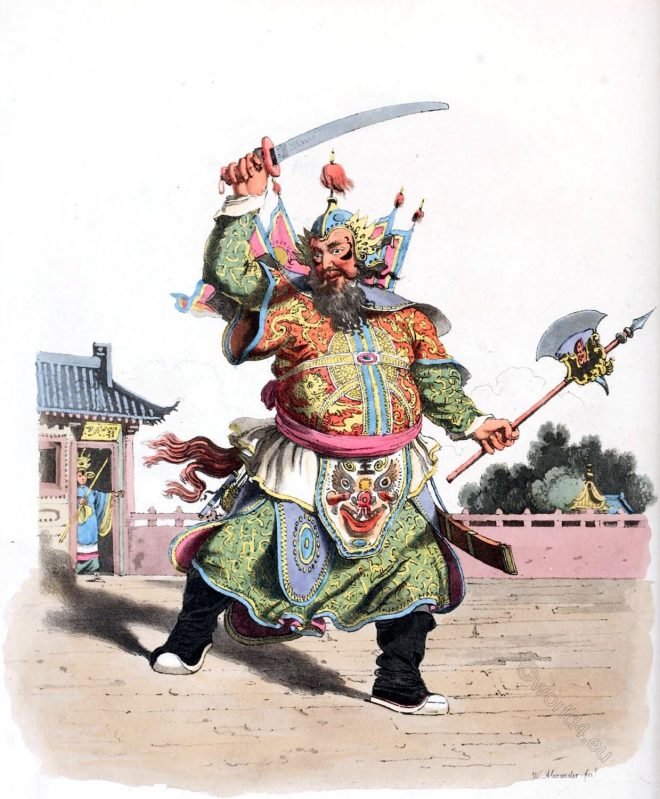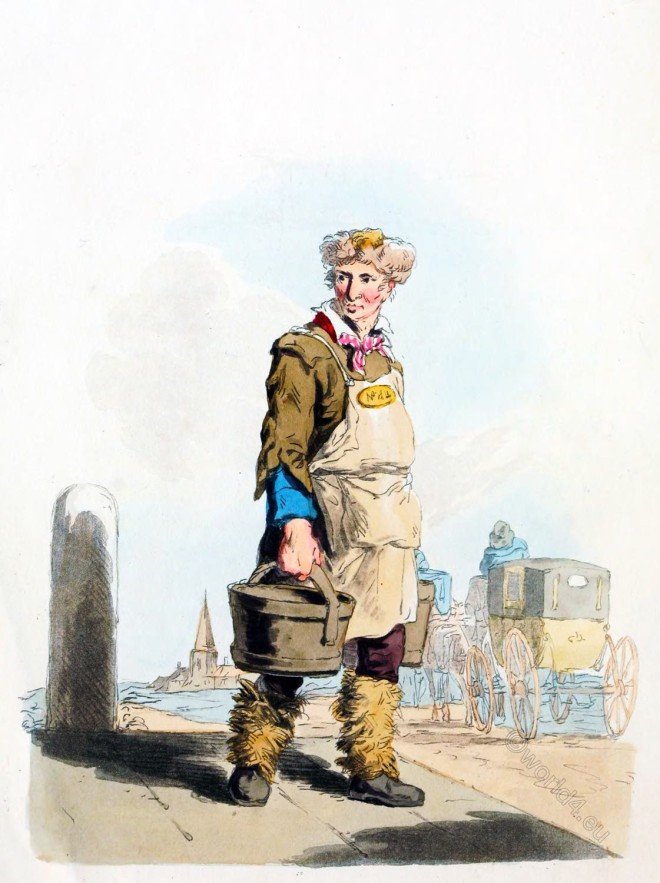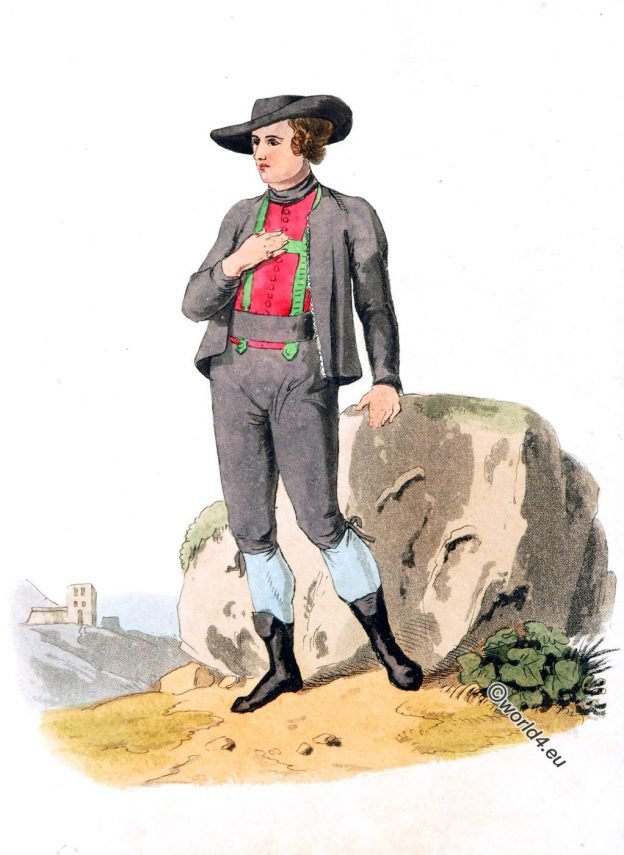A sketch of a Chinese comedian performing his part before the the British Ambassador, December 19, 1793, at Canton.
Tag: William Alexander
The costume of China, illustrated by William Alexander. Picturesque representations of the dress and manners of the English by William Alexander.
View of a waterman to a coach stand, carrying two pails of water.
At every stand for hackney-coaches in the metropolis, there is one or more persons termed watermen, whose occupation is to attend to the horses.
The traveling barge of Van-ta-zhin. Drawn by William Alexander, 1805.
The travelling Barge, of the Mandarin Van-tazhin, who attended the Embassy.
A military Mandarine. Portrait of Van-ta-zhin 1805.
His boots are of satin, with thick soles of paper: these are always worn by the mandarines and superior Chinese.
The usual dress of the farmers’ servants in the southern parts of England.
England 1813. These laborers are, in general, a hardy, robust class of men, and furnish the best soldiers in our armies.
Chinese peasants with children from the northern provinces.
A peasant with his wife and family. The feet of children are prevented from growing large. The Mother is in the dress of the northern provinces.
The usual dress of a upper Austrian peasant.
The usual dress of the Austrian peasants in the year 1813 is represented in this Plate.







